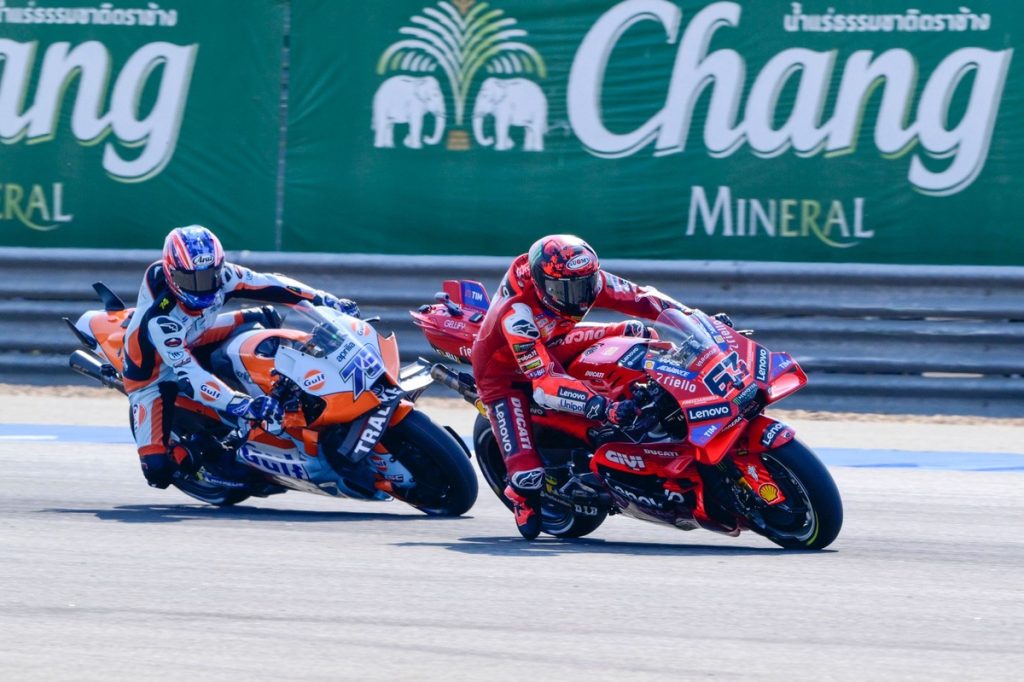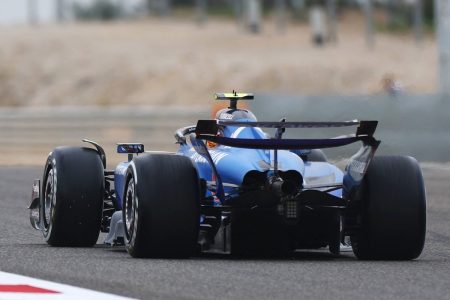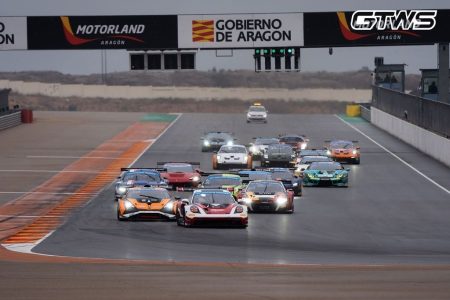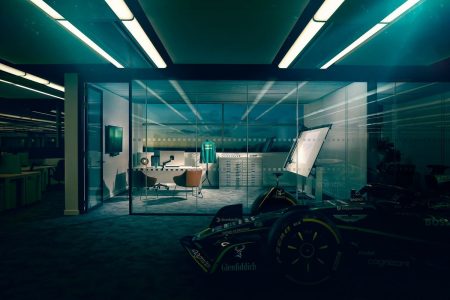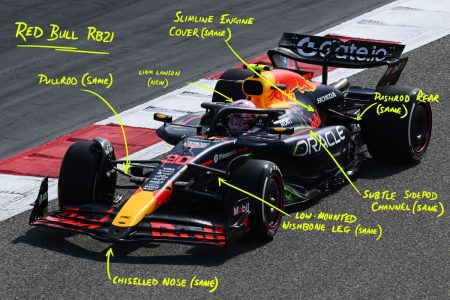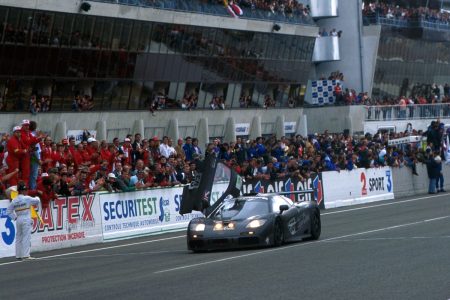Bagnaia’s Struggle in Sprint Races: A Scientific Explanation
Francesco Bagnaia, the two-time world champion, has finally shed light on his long-standing struggle in sprint races, an issue that has plagued him despite his unmatched success in full-distance MotoGP grands prix. After finishing third in the 2025 season-opening sprint race in Thailand, where he had to fend off rookie Ai Ogura for 13 intense laps, Bagnaia explained the "scientific" reason behind his difficulties. The primary culprit, he revealed, is the smaller fuel tank mandated for sprint events, which significantly alters the dynamics of his Ducati.
The Impact of the Smaller Fuel Tank
The smaller fuel tank changes the bike’s center of gravity, affecting its performance in crucial areas like braking and corner entry. Bagnaia, known for his aggressive riding style, finds it particularly challenging to navigate these sections of the track with the altered dynamics. This issue has been a consistent problem for him, costing him valuable points in sprint races, especially during the 2024 season when he and eventual champion Jorge Martin both won seven times on Saturdays. However, Bagnaia’s errors in these half-distance events ultimately cost him the title.
Simulation and Testing: Steps Toward Improvement
Bagnaia’s team has been working diligently to address this issue, and they have already seen positive results from simulations. In one such test, Bagnaia completed a sprint simulation with a larger fuel tank, which resulted in a significant speed advantage. However, the regulations prohibit the use of a larger tank in actual sprint races. Undeterred, Bagnaia and his team are exploring different setups and modifications to the bike to mitigate the impact of the smaller fuel tank. "We are trying something different, like set-up and different things on the bike," Bagnaia explained. "It’s a long journey to improve this because already two seasons, and the problem is more or less the same."
The Challenge of Following Other Riders
One of the most significant challenges Bagnaia faces is when he is running directly behind other riders. The slipstream effect, which is less pronounced in clean air, exacerbates the issue with the smaller fuel tank. When Bagnaia starts from the front, he can push harder in braking without opposition, but if he is behind another rider, he can be stuck for 10 to 15 laps with a one-second gap, unable to close the distance. "It’s quite a problem, and we are trying to solve it," Bagnaia said, emphasizing the team’s commitment to finding a solution.
A Long-Term Strategy for Success
Bagnaia and his Ducati team recognize that solving this issue is a long-term endeavor. Despite the challenges, Bagnaia remains optimistic about the future. "Today, we are just doing it in the standard way, but next time we will try something different," he said. The team’s persistence and innovative approach are key to overcoming this obstacle and ensuring Bagnaia’s continued success in both sprint and full-distance races. As the 2025 season progresses, fans and competitors alike will be watching closely to see how Bagnaia and Ducati adapt and evolve to stay ahead of the competition.
Conclusion: A Path Forward
Francesco Bagnaia’s candid explanation of his sprint race struggles not only highlights the technical challenges faced by top-level motorcycle racers but also underscores the importance of continuous improvement and innovation in motorsports. With the smaller fuel tank identified as the primary issue, Bagnaia and his team are committed to finding a solution that will allow him to perform at his best in all types of races. As the season unfolds, the focus will be on whether these efforts will pay off, making Bagnaia a more formidable contender in both sprint and full-distance events.

